2020 Research Grant Recipients
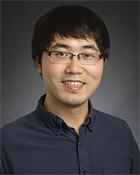 Liang Gao, PhD
Liang Gao, PhD
The Regents of the University of California, Los Angeles
Supporting ASLMS Member: Brian J.F. Wong, MD, PhD
“Label-free Real-time Hyperspectral Autofluorescence Lifetime Imaging for Molecular-guided Surgery of Oral Cancers”
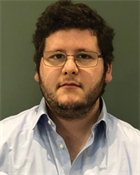
Leon Leanse, PhD
Massachusetts General Hospital
Supporting ASLMS Member: R. Rox Anderson, MD
“Blue light makes antibiotics great again!”
2020 Student Research Grant Recipients
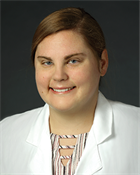
Bonnie C. Carney
MedStar Health Research Institute
Supporting ASLMS Member: Taryn E. Travis, MD, FACS
“Treatment of hypopigmented hypertophic scar with synthetic alpha melanocyte stimulating hormone (α-MSH) through micro-channel drug delivery”
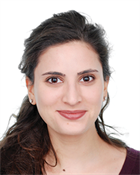 Nisrine Kawa, MD
Nisrine Kawa, MD
Wellman Center for Photomedicine, Massachusetts General Hospital
Supporting ASLMS Member: R. Rox Anderson, MD
“Effectiveness of small-scale Z-incisions with photochemical tissue bonding closure in reduction of skin tension"
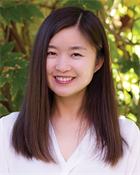 Yan Li
Yan Li
The Regents of the University of California
Supporting ASLMS Member: Yona Tadir, MD
"Monitoring and Management of Vaginal Health via Multifunctional OCT/OCTA/OCE Endoscopy"
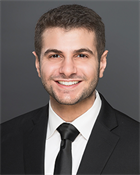 Joseph N. Mehrabi, BS, MS
Joseph N. Mehrabi, BS, MS
Department of Dermatology at University of California, Irvine
Supporting ASLMS Member: Christopher B. Zachary, MBBS, FRCP
“Optical coherence tomography guided laser treatment of non-melanoma skin cancers”